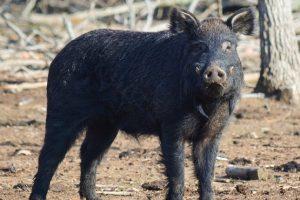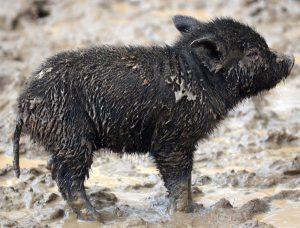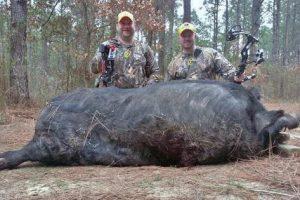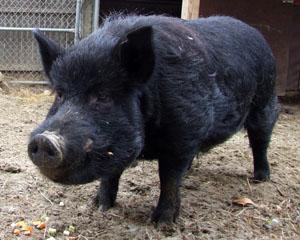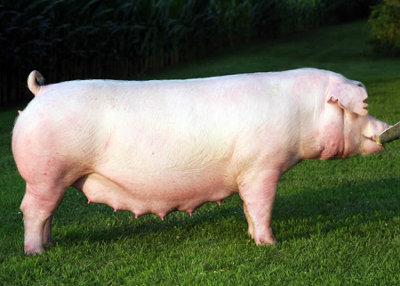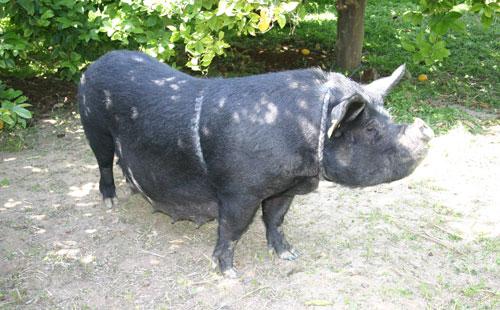Choctaw Hog
Choctaw hog is a variety of domestic pig found in the United States. The pig was originally reared by the Native Americans especially for its meat. Currently, there are only a few hundred members left and are labeled as critically rare. The breed is mostly confined in the Choctaw Nation of Oklahoma.
| Characteristics | Presence of fleshy wattles on both sides of the neck among many members; legs are long and forequarters are heavier than the rear portion; erect to somewhat drooping ears |
| Personality Traits | Aggressive, fast and athletic |
| Color | Black, occasionally with white markings |
| Weight | Around 120 lbs |
| Uses | Lean meat |
| Size | Small |
| Conservation Status | Critically Rare Breed |
| Country of Origin | United States |
History and Development
The breed has its roots in the livestock carried by Spaniards to the Americas in the 16th century. The animal has been used for more than three hundred years not only by the Native Americans but, also by the European settlers and other peoples down the ages. During the early 19th century, the Choctaw people migrated to Oklahoma from the extreme south and they also carried their livestock with them. In 1830, five civilized tribes were evicted by the United States Government from Mississippi and Alabama, forcing them to travel to Oklahoma. They too carried their livestock which increased the hog population in Oklahoma. Today’s Choctaw hog descended from the Oklahoma pig with very little changes in appearance over the years.
Conservation Policy
The American Livestock Breeds Conservancy has called for urgent measures to save the species from extinction. Modern agricultural practices are focusing on specialized breeds which give maximum output, resulting in diminishing demand and popularity of traditional breeds like Choctaw. Economic changes and downturn also contributed towards the breed’s dwindling numbers as industrial breeds grow faster than the traditional breeds and as a result, the prices of the traditional breeds soar up causing lesser demand for the product. As consumers are more inclined to buy cheaper items, the demand for traditional varieties falls, resulting in lesser breeding of the animals. The present status is not very promising as only a handful of farmers in southeastern Oklahoma raise the breed’s entire stock.

